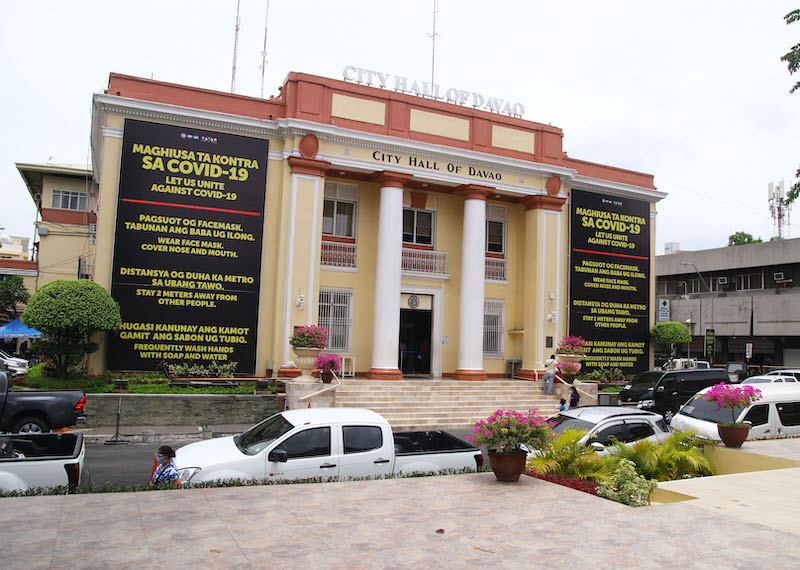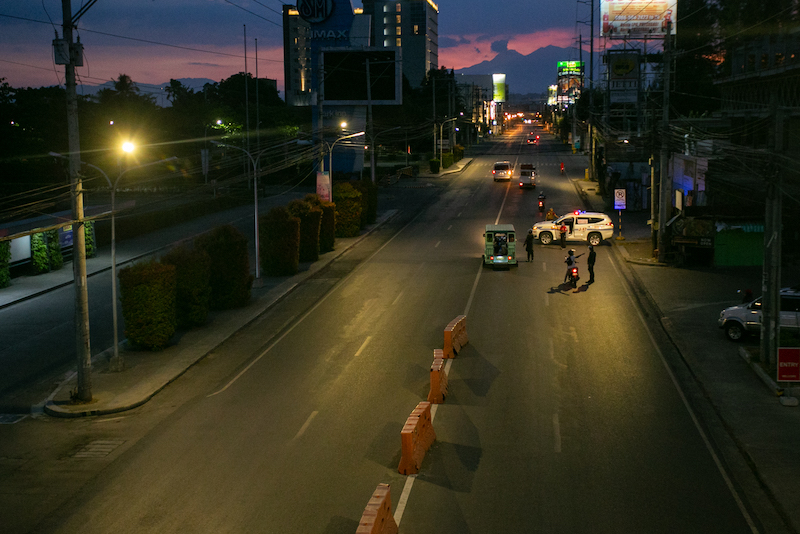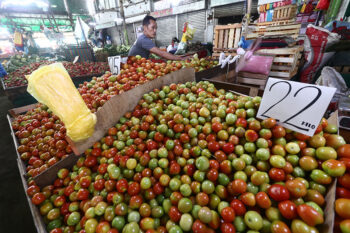 The CIty Hall of Davao in the time of COVID-19. MIndaNews photo by GREGORIO C. BUENO
The CIty Hall of Davao in the time of COVID-19. MIndaNews photo by GREGORIO C. BUENO
DAVAO CITY (MindaNews / 12 November) – The government must consider putting the city either under a general community quarantine (GCQ) or enhanced community quarantine (ECQ) due to the failure of the curfew and 24/7 liquor ban to contain the spread of the coronavirus disease, Davao City-based medical practitioner Dr. Jack Estuart said on Thursday.
“I would say, we can consider to re-enter stricter quarantines than what is obtaining now. The Covid situation is totally not under control. And the end point is control,” Estuart said in an interview.
But Estuart, medical director of Brokenshire Hospital from 1994 to 2010, said data and results of the outbreak investigations conducted by the Department of Health (DOH)-Davao and City Health Office must be further examined to have a more informed assessment of the city’s quarantine status.
The entire city was placed under ECQ from April 4 to May 15, GCQ from May 16 until June 30, and modified GCQ last July 1 until the end of November.
The reimposition of the 7 p.m. to 5 a.m. curfew took effect last Oct. 15, and the liquor ban last Nov, 2, to control non-essential movement and after-work gatherings of people.
But Estuart noted that Covid-19 infections sharply increased despite the restrictions.
“We have to say that we did not see the expected reduction in incident cases with this measure. We know that the virus cannot tell time,” he said.
He said the latest statistics on the Covid-19 situation were “very concerning,” as the city was seeing new cases at record highs, overwhelming the facilities of the Southern Philippines Medical Center (SPMC) with more cases spilling over to private hospitals.
The SPMC reported Thursday that 27 of its 30 intensive care unit beds and 323 of its 356 ward beds for Covid-19 patients have been occupied.
 By 6 p.m., policemen start flagging down motorists and checking if they are on the exemption list — those who are allowed to be outside their homes during curfew hours. MindaNews photo by MANMAN DEJETO
By 6 p.m., policemen start flagging down motorists and checking if they are on the exemption list — those who are allowed to be outside their homes during curfew hours. MindaNews photo by MANMAN DEJETO
“Our case fatality rate as of the last week of October was at 3.9 per cent, nearly double that of the national average,” Estuart said.
He said the next two to four weeks would be crucial in terms of whether or not there will be a rapid increase in the number of cases.
Local health authorities must identify where and why COVID-19 transmissions are occurring and who are being infected, he said.
“Are [sic] the majority of the transmission occurring at the work place? At home? During social events? Indoors? How many of the cases did not have transmission chains, with no clear association to established cases?” he added.
In a text message, DOH-Davao assistant regional director Lenny Joy Rivera said that based on the epidemic risk matrix the city is categorized as “moderate risk.”
“We have two indicators being looked at—attack rate and growth rate. For morbidity week Oct. 11 to Nov. 7, the entire Davao City is at 5 cases/ 100,000 population population,” she said.
She said the decision to put the city under a more stringent quarantine status also rests on the capacity of the healthcare system of the local government unit (LGU).
She said “decisions are made by the LGU” while DOH-Davao provides technical assistance.
She said the penalties for violating the minimum health standards were being worked out by the LGU.
Davao Region, considered the epicenter of the pandemic in Mindanao, reported 6,909 cases as of Nov. 11, with 2,042 active ones, 4,621 recoveries and 246 deaths. Of this total, the DOH-Davao said 4,823 were reported in Davao City, 355 in Davao de Oro, 742 in Davao del Norte, 500 in Davao del Sur, 107 in Davao Occidental and 381 in Davao Oriental. (Antonio L. Colina IV/MindaNews)
